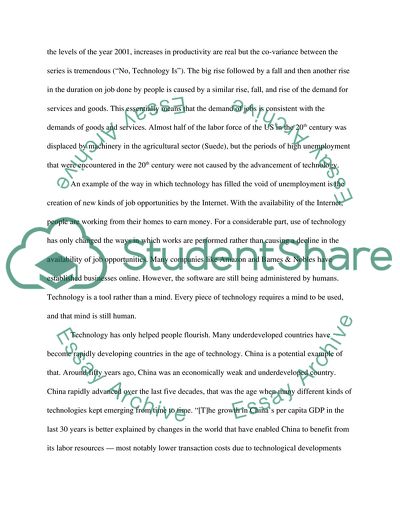Cite this document
(“An Increase in the Use of the Quality of Technology Research Paper”, n.d.)
Retrieved from https://studentshare.org/technology/1621432-does-an-increase-in-the-use-of-or-quality-of-technology-necessarily-mean-fewer-jobs-examine-the-several-sides-of-this-complex-question-and-how-it-may-depend-on-the-industry-in-question
Retrieved from https://studentshare.org/technology/1621432-does-an-increase-in-the-use-of-or-quality-of-technology-necessarily-mean-fewer-jobs-examine-the-several-sides-of-this-complex-question-and-how-it-may-depend-on-the-industry-in-question
(An Increase in the Use of the Quality of Technology Research Paper)
https://studentshare.org/technology/1621432-does-an-increase-in-the-use-of-or-quality-of-technology-necessarily-mean-fewer-jobs-examine-the-several-sides-of-this-complex-question-and-how-it-may-depend-on-the-industry-in-question.
https://studentshare.org/technology/1621432-does-an-increase-in-the-use-of-or-quality-of-technology-necessarily-mean-fewer-jobs-examine-the-several-sides-of-this-complex-question-and-how-it-may-depend-on-the-industry-in-question.
“An Increase in the Use of the Quality of Technology Research Paper”, n.d. https://studentshare.org/technology/1621432-does-an-increase-in-the-use-of-or-quality-of-technology-necessarily-mean-fewer-jobs-examine-the-several-sides-of-this-complex-question-and-how-it-may-depend-on-the-industry-in-question.


